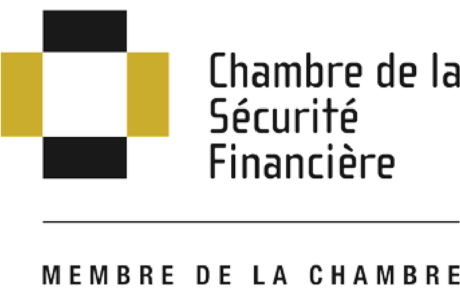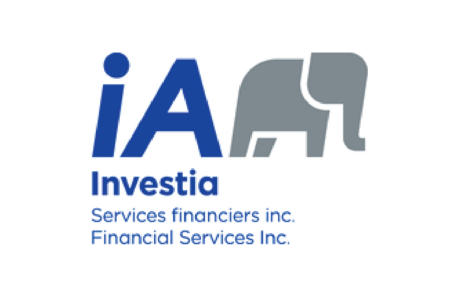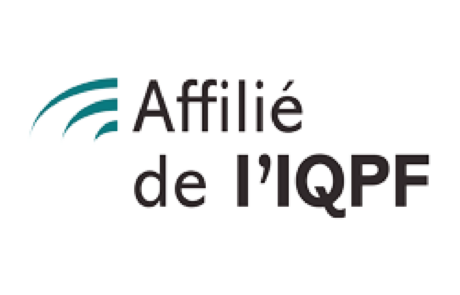Retirement Planning
Did you know that if you reach retirement age, your life expectancy will generally exceed 90 years? At Finvest, we take this reality into account by helping you plan the various stages of your retirement.
Canadians are living longer and longer, but are preparing poorly or not at all for retirement. This is what the most recent statistics reveal.
- At what age will you retire, will you continue to work part-time, do you want to leave an estate to your children? These are all questions we ask when planning your retirement with you.
Planning for retirement isn't just about accumulating money. It is also a good insurance program that will take into account certain special situations that may arise during this accumulation period or after.
RRSPs are the preferred way for many Canadians to accumulate money for their retirement. The amounts contributed to an RRSP are tax deductible. Income generated in an RRSP (dividends, interest, capital growth) is tax-free as long as it remains in the RRSP.
Remember that amounts withdrawn from an RRSP will be taxable the year they are withdrawn.
The maximum you can contribute to an RRSP in any given year depends on your income and a maximum set by the federal government. Unused contribution room accumulates from year to year. They can be used in whole or in part at any time. It is seldom advantageous to use your accrued rights all at once because of the principle of marginal tax.
Conversely, the RRIF is like an RRSP. In an RRSP, you accumulate sums for your retirement. The RRIF provides you with retirement income. Like an RRSP, the unused portion of a RRIF continues to grow tax-free. You can no longer contribute new amounts deductible from your taxable income to a RRIF, but you can manage your investments as if they were an RRSP. You can convert your RRSP into a RRIF at any time as long as you do so no later than the end of the year of your 71st birthday.
- You can schedule periodic withdrawals from your RRIF. However, you must withdraw a minimum amount of money each year. Various factors set this minimum.
As with withdrawals from an RRSP, withdrawals from an RRIF are taxable the year they are withdrawn. You have to add them to your income.
The TFSA is a savings account that Canadians can put money into and watch it grow tax-free. In 2014, you could invest up to $ 31,000 tax-sheltered.
Only individuals can open TFSA accounts. They must be 18 years of age or older, have a Social Insurance Number and reside in Canada.
You can deposit a variety of items in your TFSA: cash, mutual funds, stocks listed on a designated stock exchange, guaranteed investment certificates or bonds.
Neither the income earned in a TFSA nor the amounts withdrawn from it affect eligibility for federal income-tested benefits and credits, such as Old Age Security benefits, the Guaranteed Income Supplement, and the Home Credit. goods and services tax.
You can hold as many TFSAs as you want. However, the total of your contributions to all of your TFSAs must not exceed the contribution room you have for any given year.
TFSA or RRSP? These two ways to save are not opposed! As your financial advisor, I can help you establish an optimal investment strategy that will take all of these vehicles into account.
The IPP was created for business owners and managers who earn at least $ 100,000 per year. It allows you to accumulate sums greater than the RRSP in preparation for retirement and is 100% deductible for the business. The IPP is immune from creditors. It can help you retain key people in your business.
- After retirement, the sums continue to accumulate tax-free if the pension is paid out of the plan.
Transferring money to the IPP lowers shareholders 'equity, making it easier to sell the business in cases where shareholders' equity is high.
Insurance products are offered through several general agents. Finvest distributes the insurance products of several insurance companies.
Guaranteed investments are offered through Investia Financial Services Inc. and / or several general agents.
Segregated fund products are offered through Investia Financial Services Inc. and / or several general agents. Subject to any guarantee applicable to the death benefit, any part of the premium, or any other sum allocated to a segregated fund, is invested at the risk of the policy holder and its value may increase or decrease according to fluctuations in value. market of the assets of the segregated fund.




Médias sociaux